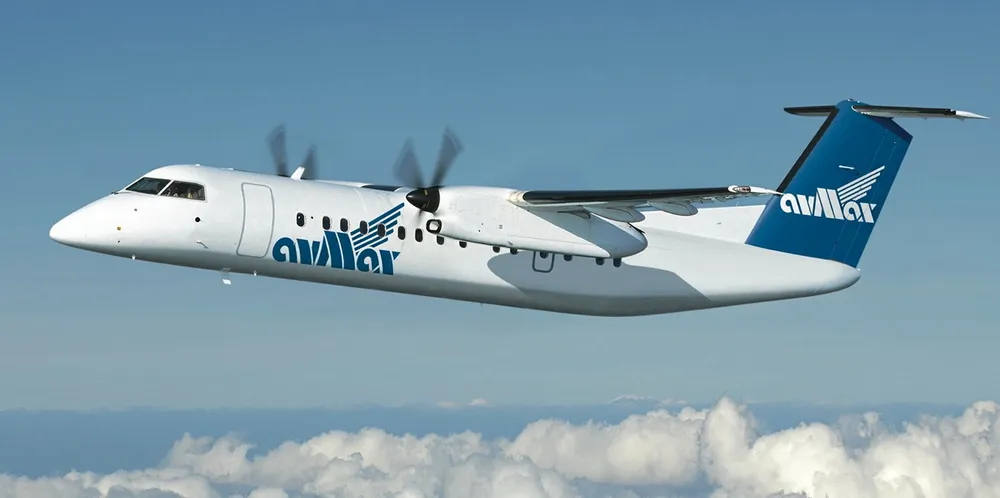Timing is key | Green hydrogen could 'supply 32% of aviation energy demand by 2050'
H2’s penetration into aviation fuel market depends on swift deployment — and enormous amounts of renewable energy, says Energy Transition Commission

H2’s penetration into aviation fuel market depends on swift deployment — and enormous amounts of renewable energy, says Energy Transition Commission
